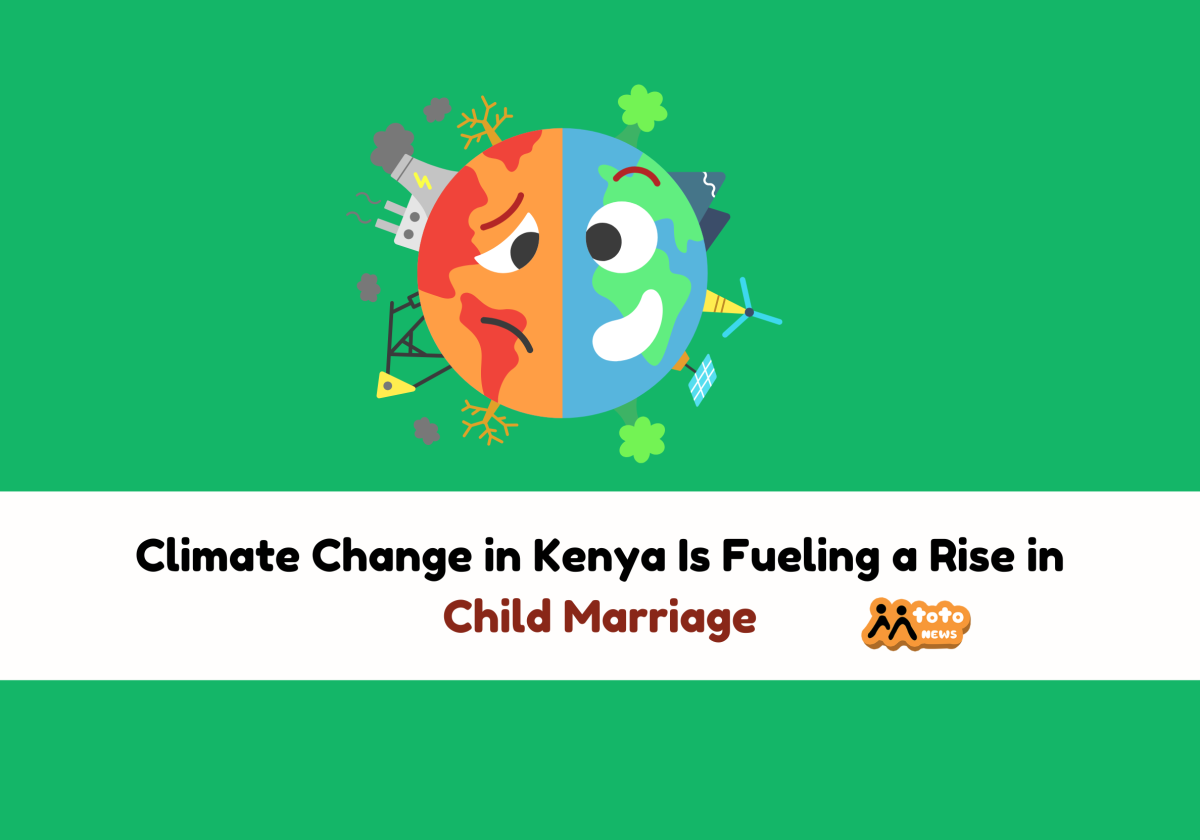By Alice Njoki
Rising temperatures, unpredictable rainfall, and prolonged droughts are transforming life across Kenya. Once reliable sources of water, boreholes, rivers, springs, and wells are drying up. Farming practices are failing, livestock are dying, and entire communities are being pushed to the brink. For millions, especially marginalized groups like women and girls, climate change is more than an environmental crisis; it’s a daily battle for survival, dignity, and safety.
Dukano Kelle, a mother from Marsabit County, lives this reality every day. Twice a week, she walks for hours under the scorching sun to reach a nearly dry borehole. Her family once depended on livestock, but most of their animals have perished due to the lack of pasture and water. Her youngest son is malnourished, surviving on the little she can provide. “Water is getting harder to find every day,” Dukano says, her voice heavy with worry.
In communities like Samburu and Garissa, the worsening drought has led families to make painful decisions. Some have resorted to marrying off their young daughters in exchange for livestock—a desperate attempt to secure food or income. Boke Mollu was just 15 when she was married off for three camels and three goats. Now 19, she lives in an abusive marriage. “It wasn’t my choice,” she says quietly, her words filled with regret.
The dangers girls face don’t stop at forced marriage. Many risk their safety daily while fetching water or herding animals. Wato Gato, only 15 at the time, was assaulted while tending goats alone in the wilderness. Her cries for help went unheard. When she returned home pregnant, her family turned their backs on her. Now, she struggles to care for her child by selling camel milk and phone credit. Climate change has worsened not only poverty but also the risks of sexual violence for girls forced to travel farther and farther for basic necessities.
Hunger, too, is an ever-present threat. In Kenya’s drylands, it’s not uncommon for families to go without food for days. Mothers often skip meals so their children can eat. The once-thriving grazing lands are now scattered with animal bones a silent, haunting reminder of lives lost and livelihoods shattered.
This crisis calls for urgent, collective action. Climate-smart solutions like sustainable water projects, reforestation, and education initiatives can equip communities to adapt and survive. But these efforts must be centered on the voices and needs of women and girls, who bear the heaviest burden in this climate emergency.

